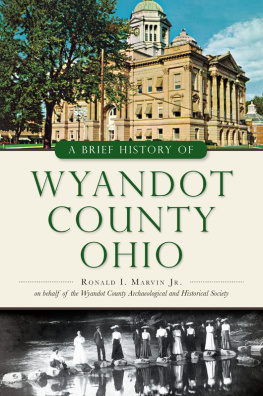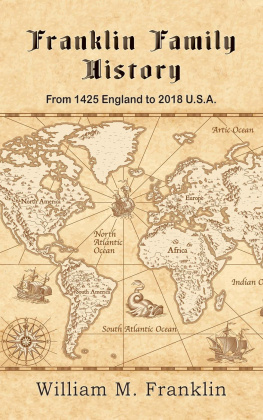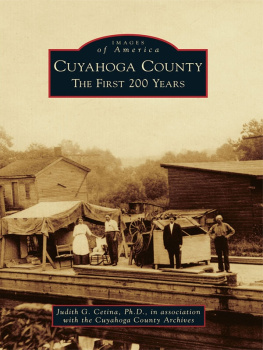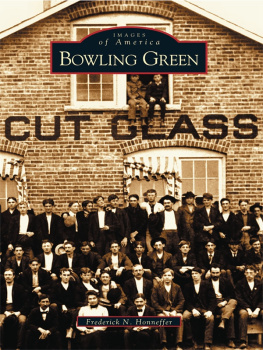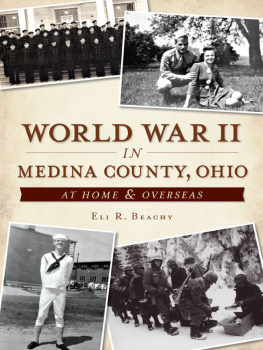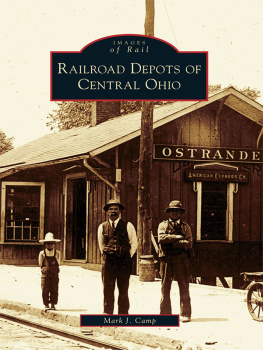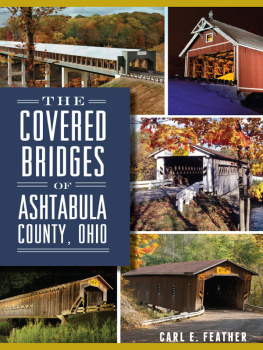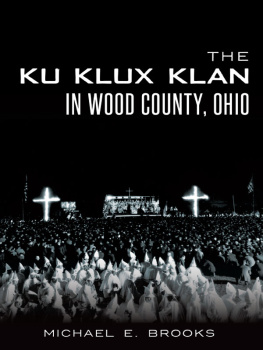PREFACE.
It is the design of this Work to preserve for the people of Franklin County an imperishable record of its early historynow existing only in the memory of the more aged settlers, and in scattering and detached papers and records, which are every year wasting away. To write the history of a single county, may to some appear like a very small business; while to others it is considered very desirable that someone should do so in every county. How else are the names and memory of our early settlers and friends to be preserved? And who is there that would not be pleased to look back, or to have his children look back, upon some record of his early days, and of departed friends? And how else should strangers, settling among us, so readily obtain a knowledge of our institutions and public characters, as by some such local publication?
It has been the writer's object in this compilation, to give a correct statement of all events worthy of remembrance, with their proper dates, so as to form a book of ready reference, such as will be convenient and interesting to all residents of the county. For this purpose, he has relied upon public records and documents, where they could be obtained; and in all other cases, upon the best information that could be derived from early and intelligent settlers of the city and county, aided by his own personal knowledge.
It is but a little over sixty years since the first settlement was commenced more than two-thirds of that time the writer has been a resident of the county. Over twenty years ago, while on terms of intimacy and daily intercourse with some of the very first settlers, he compiled a small pamphlet entitled "Franklin County Register," a few copies of which were printed; and which may be considered as the basis of this work. In that way he obtained and preserved the recollections of those pioneer friends.
And now, as some of the matter contained in these pages has heretofore appeared in different prints, to avoid the charge of plagiarism, it is but necessary to say, that when Mr. Wheeler published his map of Franklin County, in 1842, he accompanied it with a very small pamphlet, historical and descriptive of the county, which was taken wholly from the Franklin County Register, without giving credit; and when Mr. Howe published his "Historical Collections of Ohio," in 1847, he copied from Wheeler's pamphlet, and gave credit to it . It may not be amiss, also, to add that the "Brief History of Columbus," accompanying Mr. Armstrong's "Columbus Business Directory," published in 1843, was also prepared by the writer hereof, which may be an apology for the free use of it in this work.
To suppose that this publication contains no errors or omissions, would be folly in the extreme. But the writer has labored assiduously to have it as free from errors as possible. And to those who have kindly rendered him assistance in the collection of facts, he tenders his grateful acknowledgments.
W. T. MARTIN.
Columbus, May, 1858.
CHAPTER I.
FROM THE FIRST SETTLEMENT UNTIL THE ORGANIZATION OF THE COUNTY, IN 1803.
The first settlement of the territory now composing the county of Franklin, was commenced in the year 1797, while we were yet under the Territorial Government, and in the County of Ross.
In the year 1796, or early in '97, Lucas Sullivant, from Kentucky, then a young man, with his corps of chain-carriers, markers, etc., engaged in the surveying of lands and locating warrants, in the Virginia Military District, west of the Scioto; and in the month of August, 1797, he laid out the town of Franklinton. To encourage the settlement of the place, he appropriated the lots on a certain street, which he named "Gift street," as donations to such as would improve them and become actual settlers thereon. The settlement of the town was soon commenced. Among the first settlers, were Joseph Dixon, George Skidmore, John Brickell, Robert Armstrong, Jeremiah Armstrong, William Domigan, James Marshal, the Deardurfs, the McElvains, the Sells, John Lisle and family, William Fleming, Jacob Grubb, Jacob Overdier, Arthur O'Harra, Joseph Foos, John Blair and John Dill, the latter from York County, Pennsylvania.
About the year 1801, Mr. Sullivant having married, settled in his new town; and soon after, Lyne Starling and Robert Russell, and about the same time, Colonel Robert Culbertson, from Shippensburg, Pennsylvania, arrived, with his numerous family of sons, sons-in-law and daughters, both married and unmarried. He was a man of some wealth and distinction, and the first year after his arrival, he was elected a Representative to the General Assembly for the County of Ross.
At the first settlement of the county the Indians were numerous, but friendly, it being some two or three years after Wayne's Treaty; they were principally of the Wyandot tribe, some Delawares, and a few Mingoes. In front of where the Penitentiary now stands, they had an encampment, with their usual wigwams; another on the west bank of the Scioto, near where the Harrisburg bridge is now erected over the river; and they had for years raised corn in what was afterward known as Sullivant's Prairie. There was also another encampment of this kind two or three miles further down the river.
Agreeably to tradition, about the time Lord Dunmore's army was in Pickaway County, prior to the treaty at which Logan's celebrated speech was delivered, a party from Dunmore's army pursued and overtook a party of Indians at, or near, this second named encampment, and a skirmish ensued in which the Indians were defeated, with the loss of two or three men and a squaw.
It is said that Captain Minter, afterward of Delaware County, and also Mr. John Huffman, formerly of Franklin County, were of the pursuing party. Next, after the settlement at Franklinton, was a few families on Darby, near where Mr. Sullivant laid out his town of North Liberty, and a scattering settlement along Alum Creek. This was probably about the summer of 1799. Among the first settlers on Alum Creek, were Messrs. Turner, Nelson, Hamilton, Agler and Reed.
About the same time improvements were made near the mouth of Gahannah (formerly called Big Belly); and the settlements thus gradually extended along the principal water-courses. In the meantime, Franklinton was the point to which emigrants first repaired to spend some months, or perhaps years, prior to their permanent location.
In 1803, a settlement was commenced about where the town of Worthington now stands, by a company, said to number forty families, from Connecticut and Massachusetts, known by the name of the "Scioto Company" under the agency of Colonel James Kilbourne, who had the preceding year explored the country, and selected this situation for them. They purchased here half a township, or eight thousand acres of land, all in one body, upon which, in May, 1804, Colonel Kilbourne, as agent for the company, laid out the town of Worthington; and in August, 1804, the whole half township being handsomely laid out into farm lots, and a plat thereof recorded, they, by deed of partition, divided the same amongst themselves, and so dissolved the company.
The parties and signers to this deed of partition, were James Allen, David Bristol, Samuel Beach, Alexander Morrison, Ebenezer Street, Azariah Pinney, Abner P. Pinney, Levi Pinney, Ezra Griswold, Moses Andrews, John Topping, Josiah Topping, Nathan Stewart, John Gould, James Kilbourne, Jedediah Norton, Russel Atwater, Ichabod Plum, Jeremiah Curtis, Jonas Stanbery, Lemuel G. Humphrey, Ambrose Cox, Joel Mills, Glass Cochran, Alexander Morrison, jr., Thomas T. Phelps, Levi Buttles, Levi Hays, Job Case, Roswell Wilcox, William Thompson, Samuel Sloper, Nathaniel Little, Lemuel Kilbourn, Israel P. Case, Abner Pinney, and William Vining.



